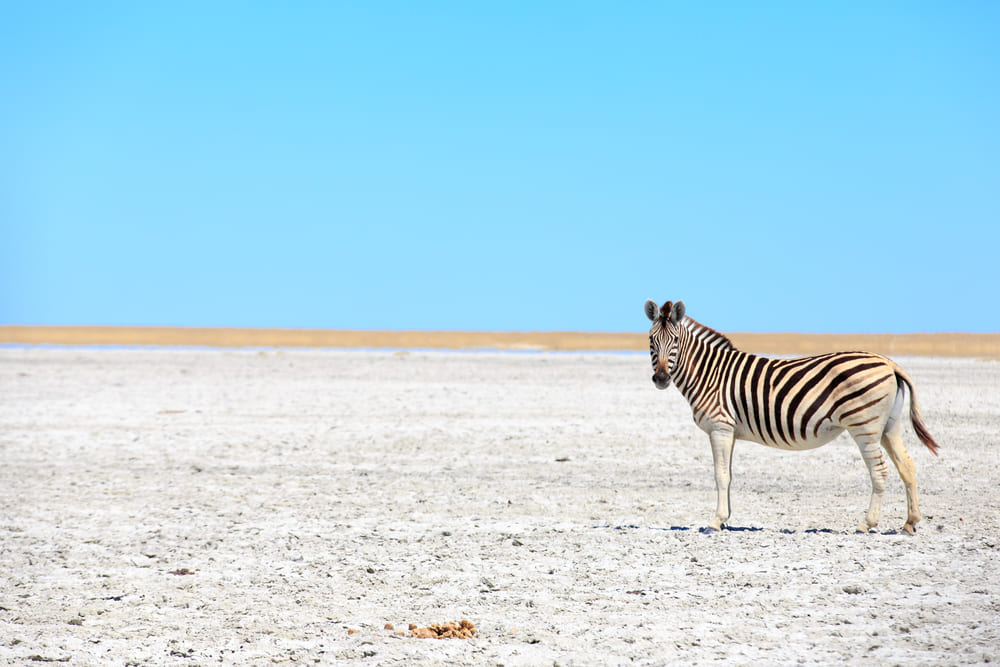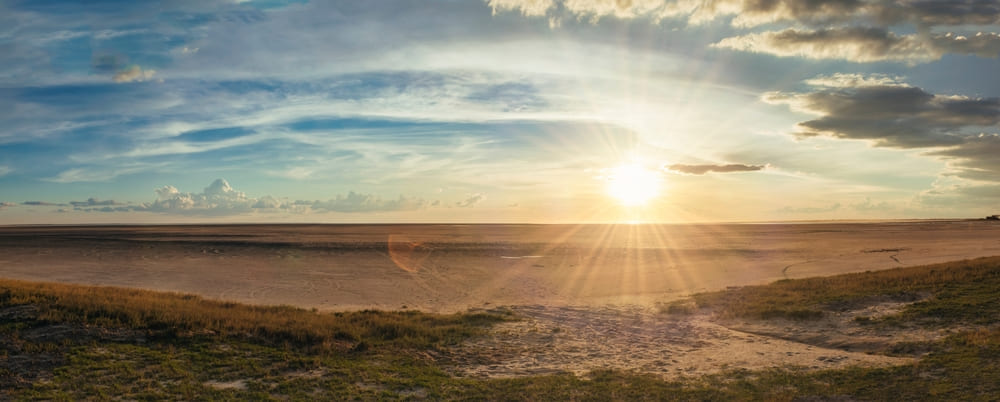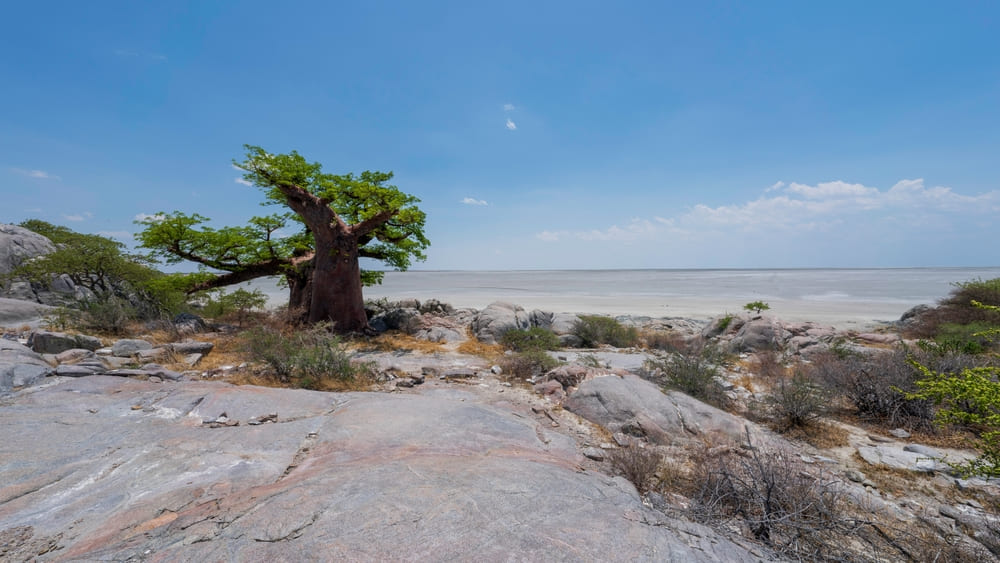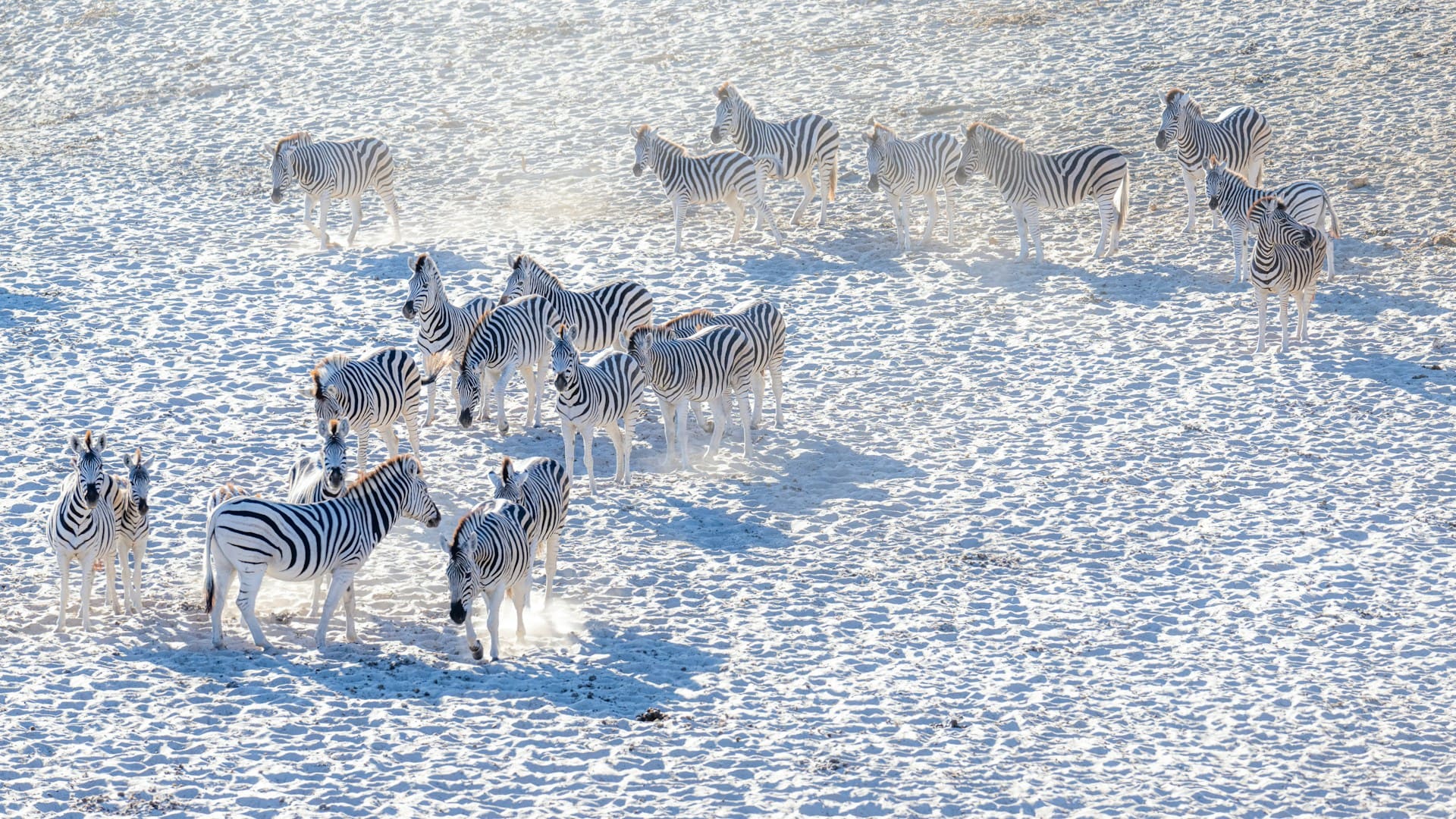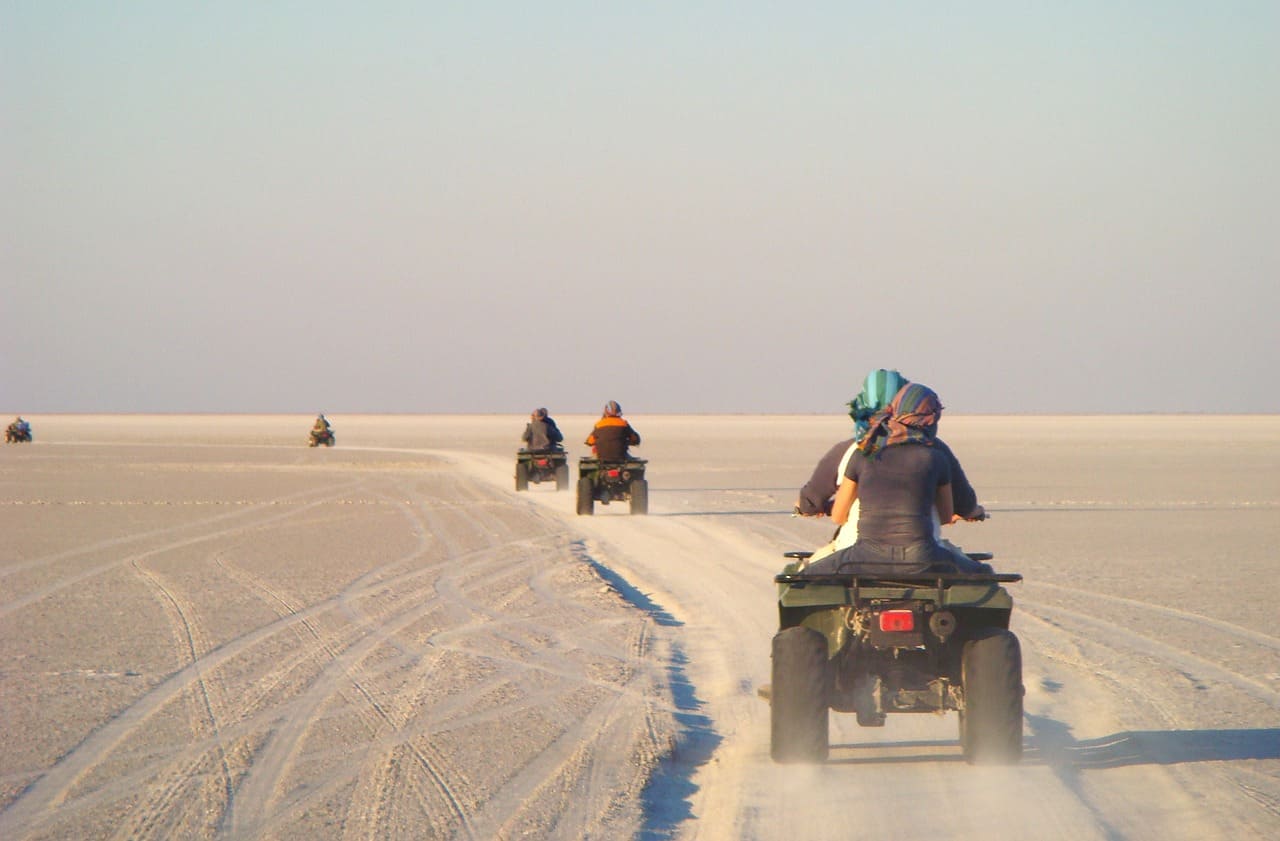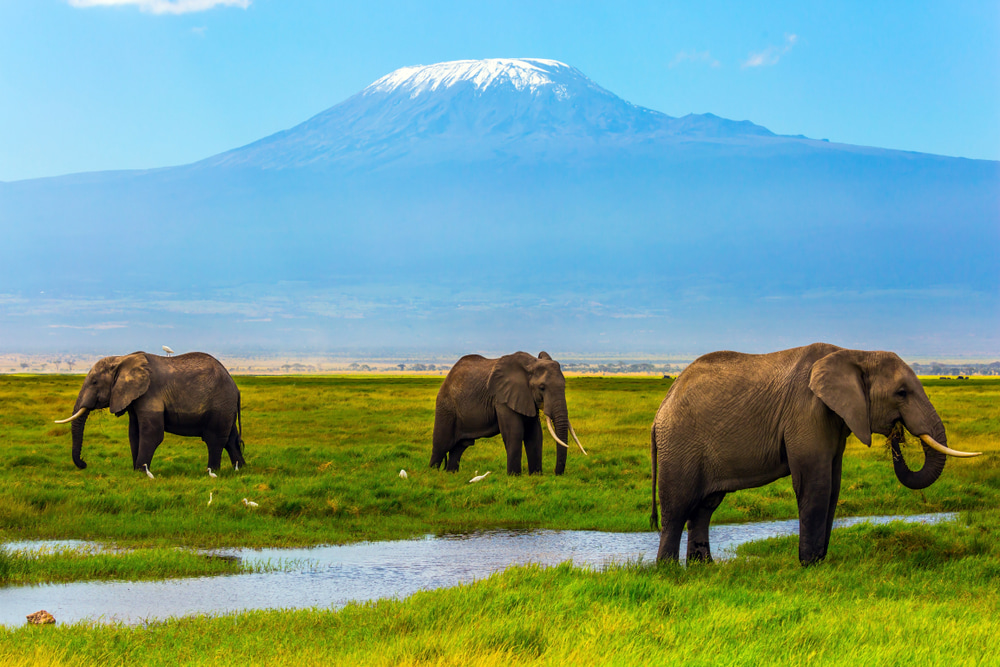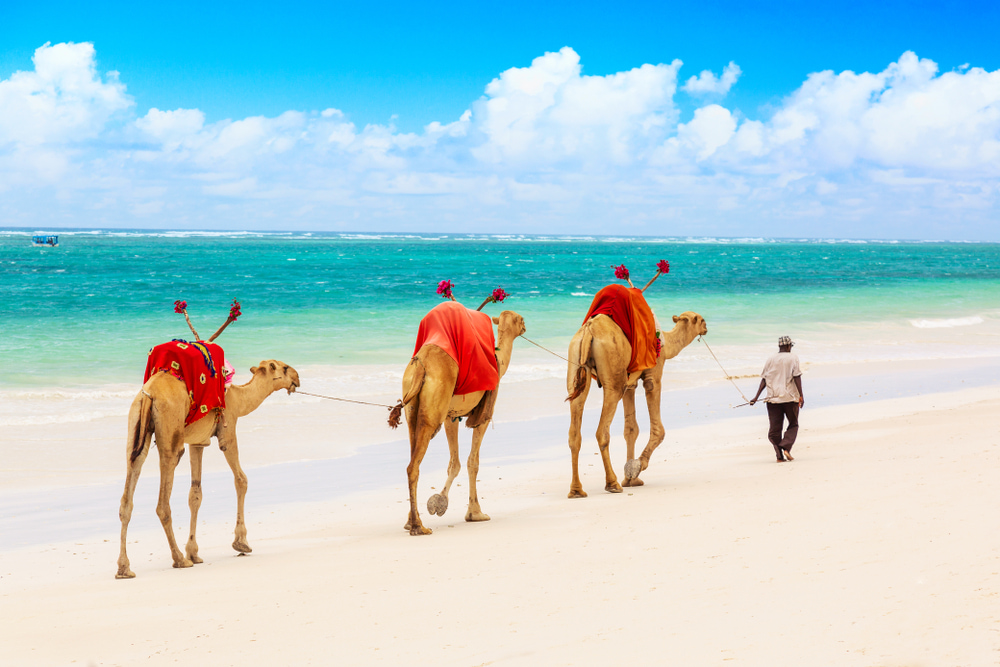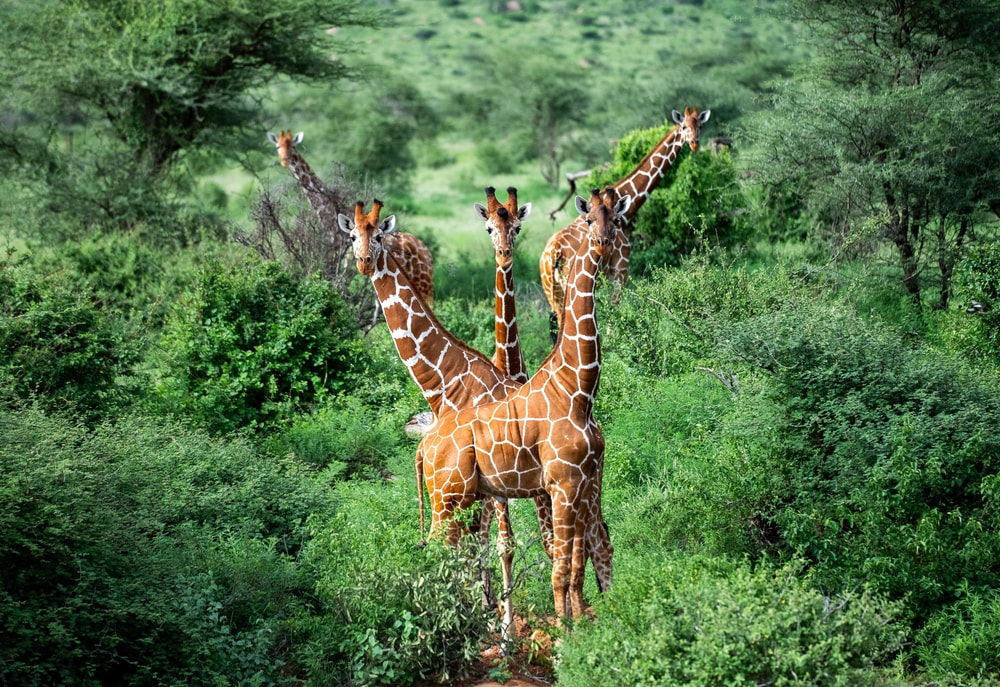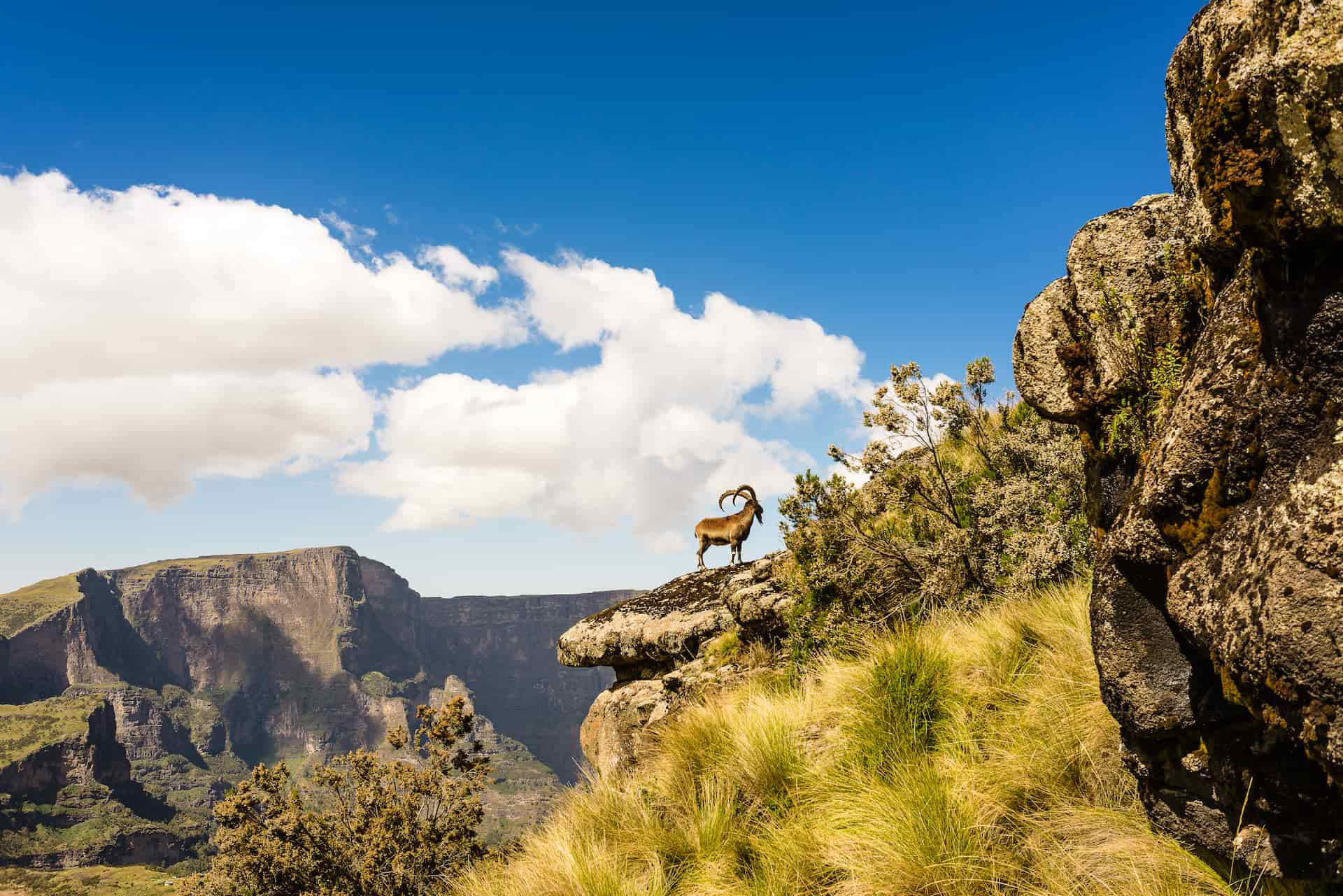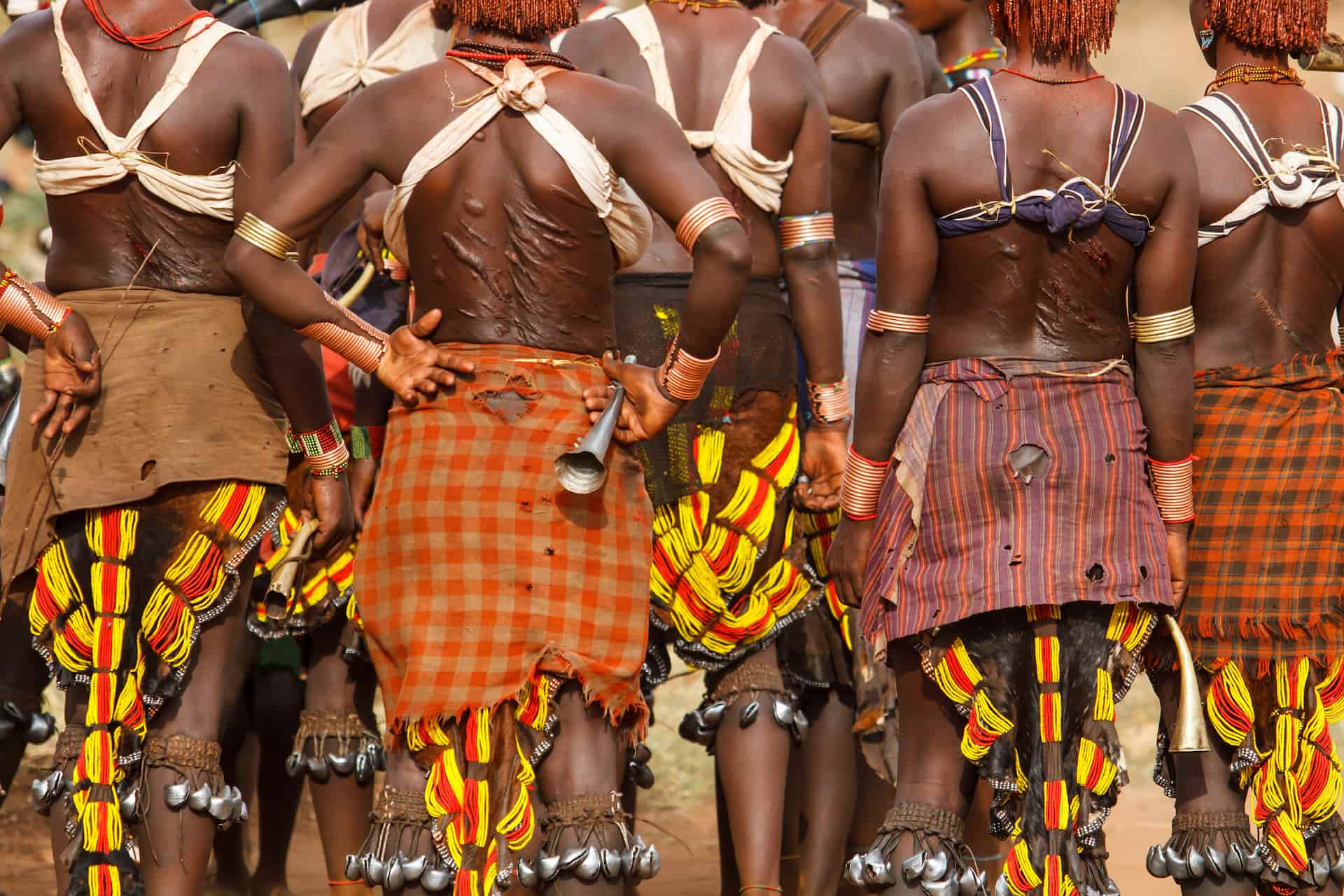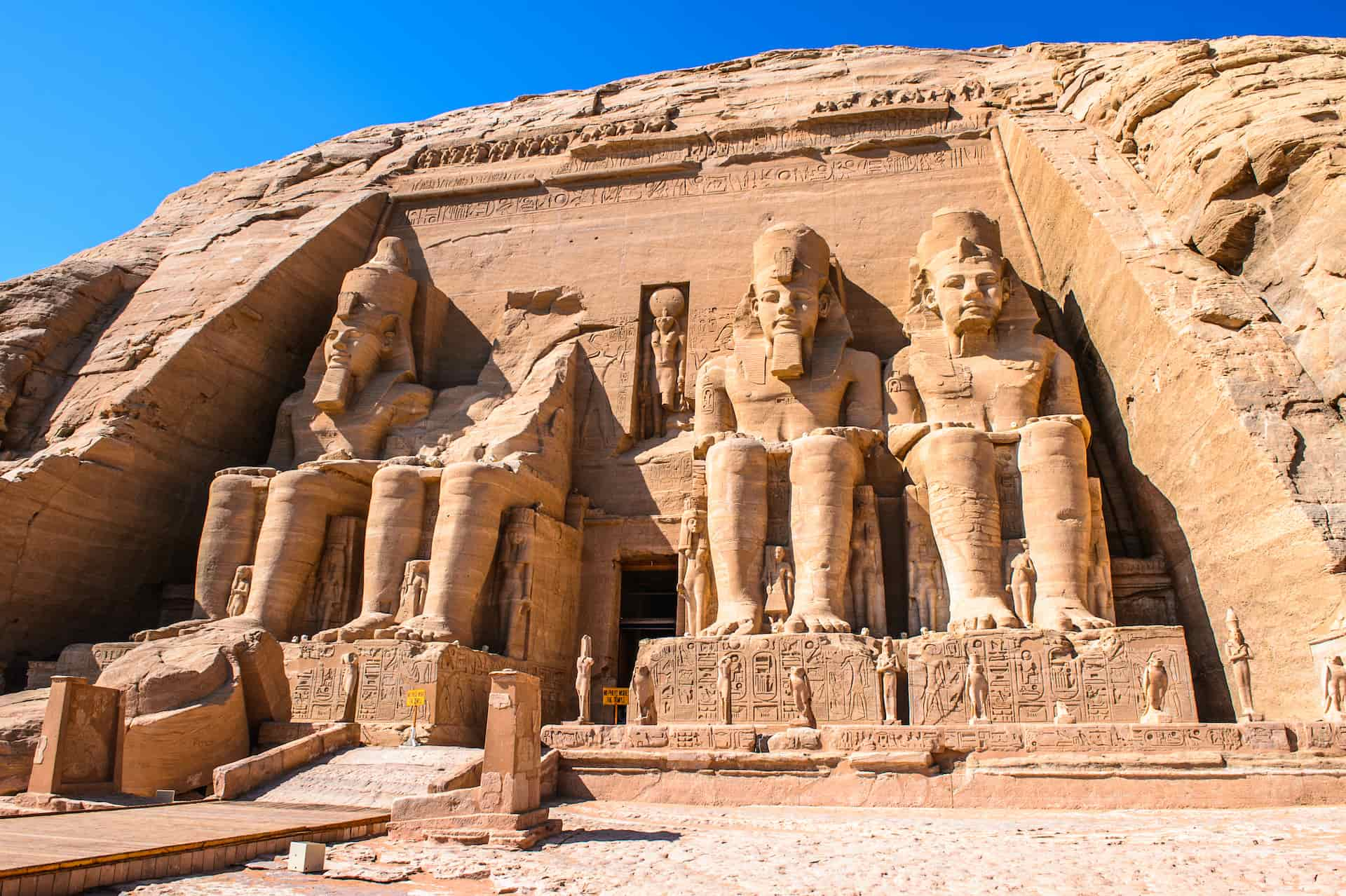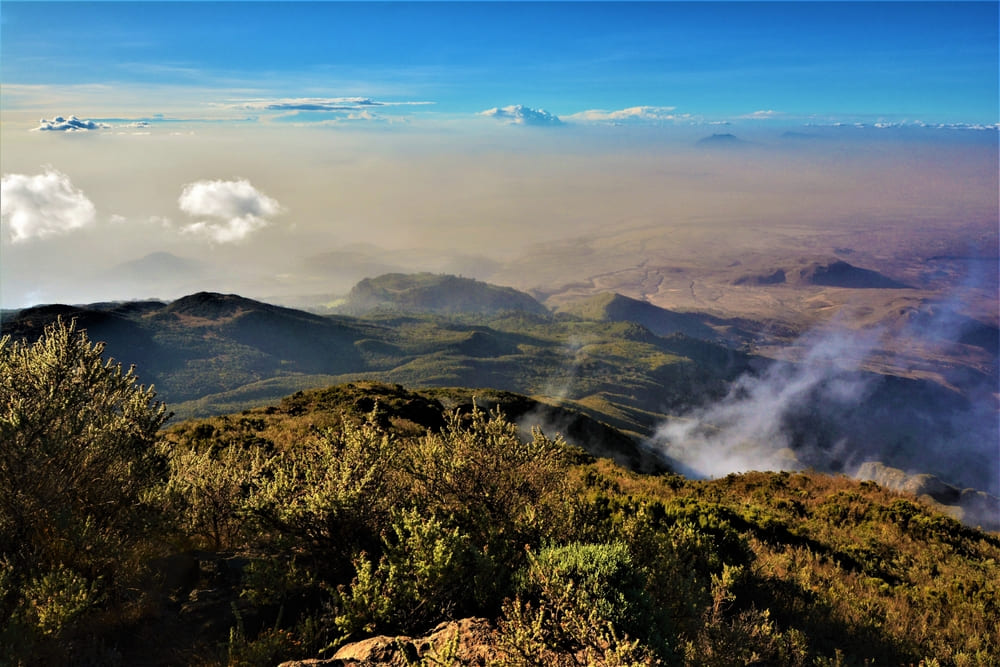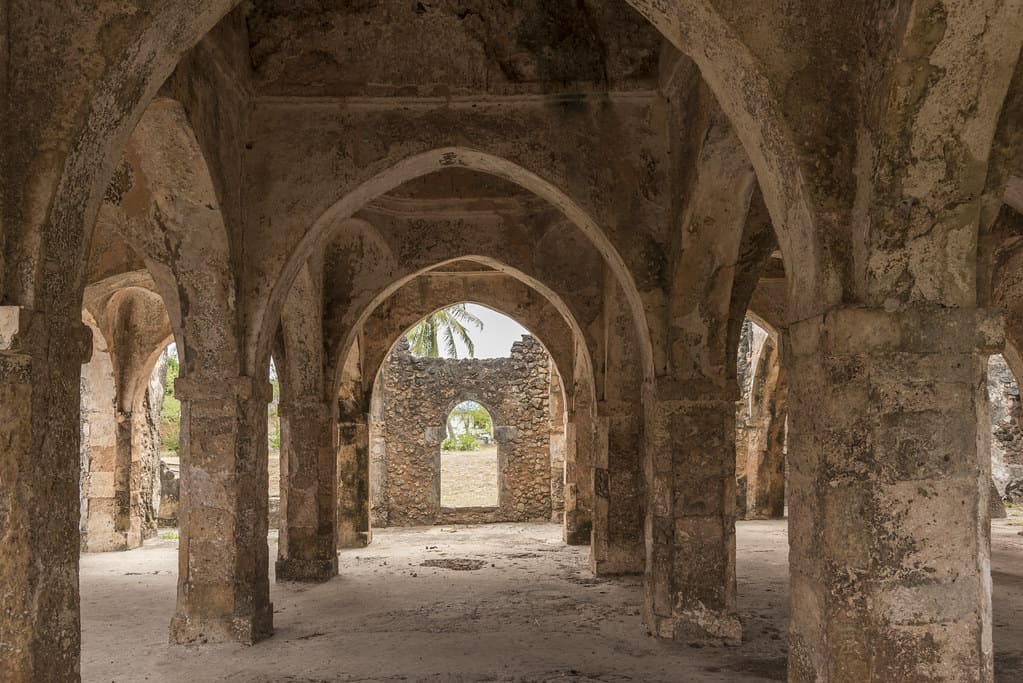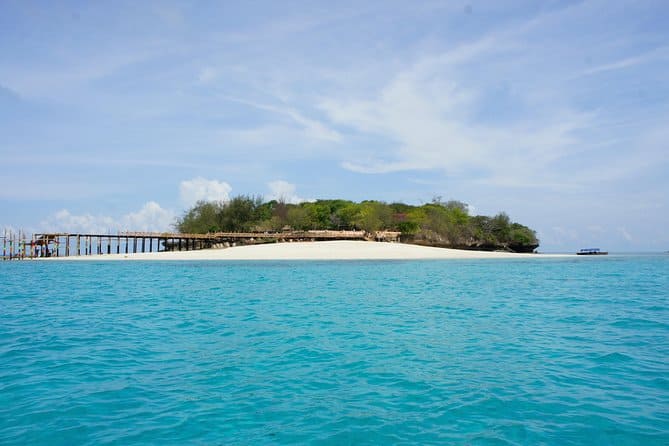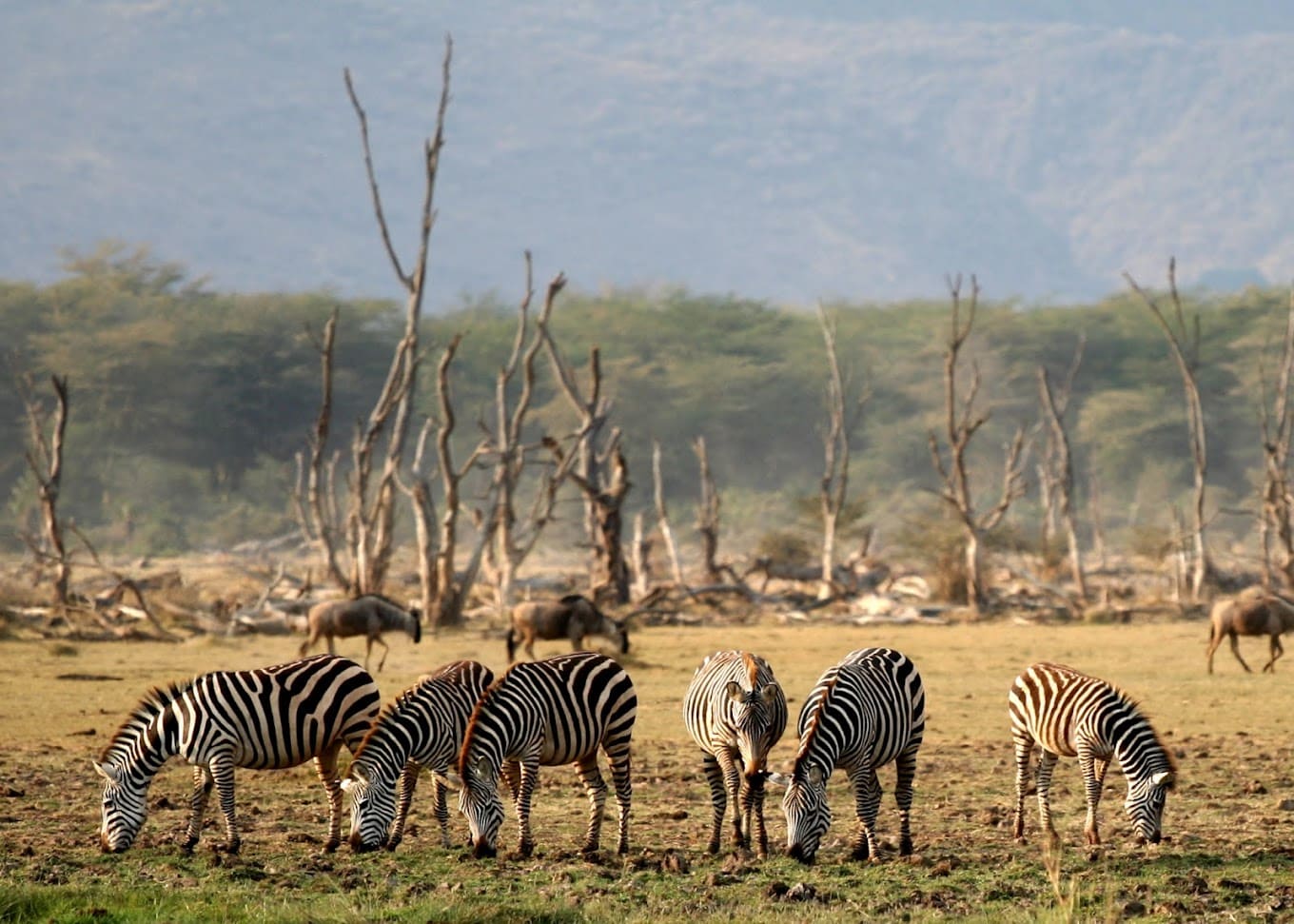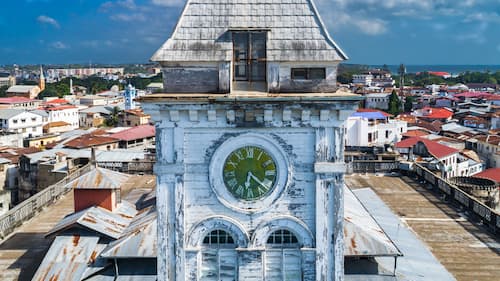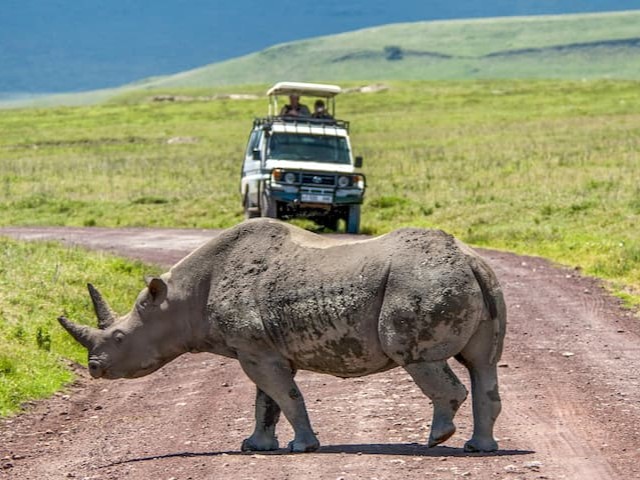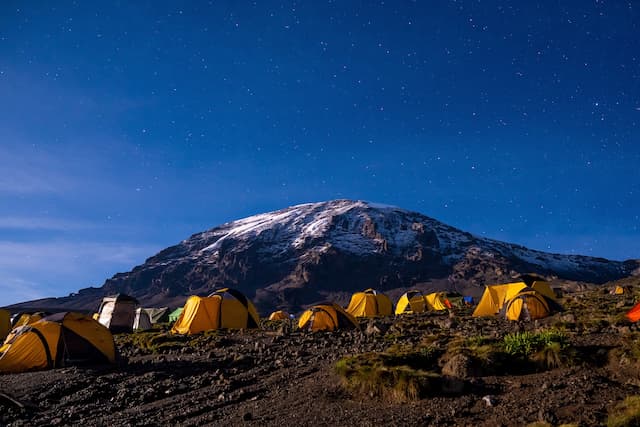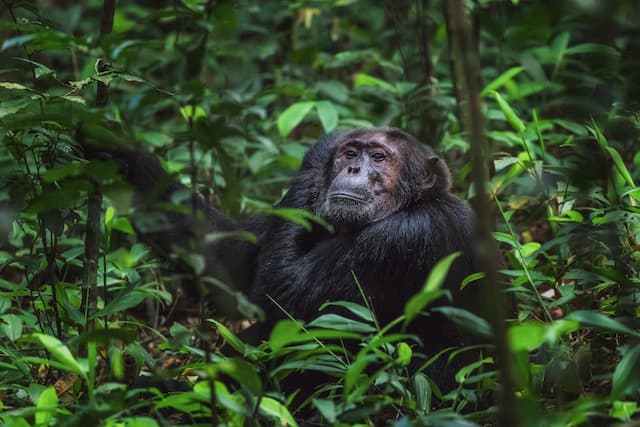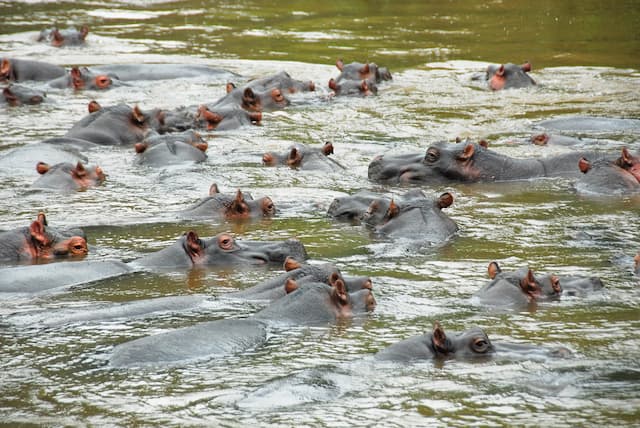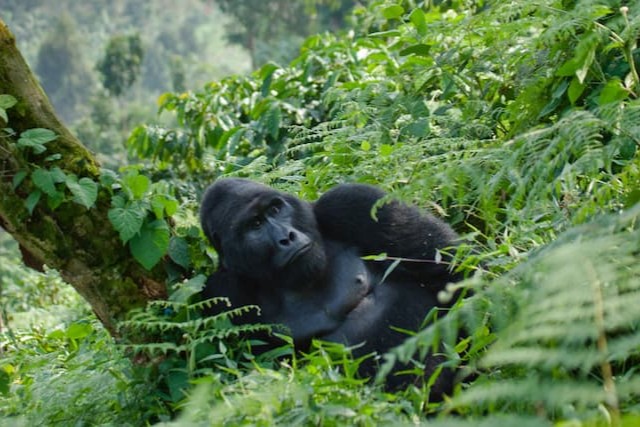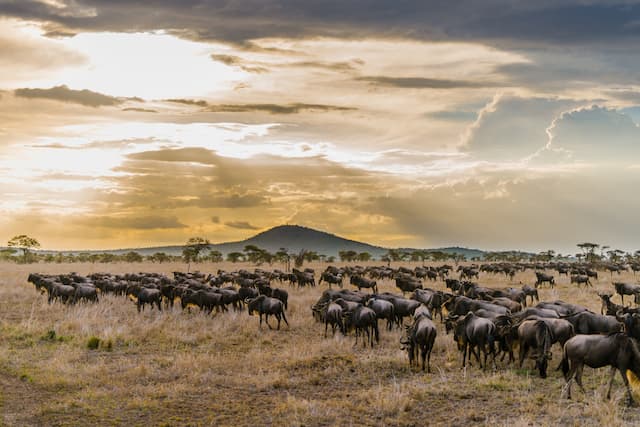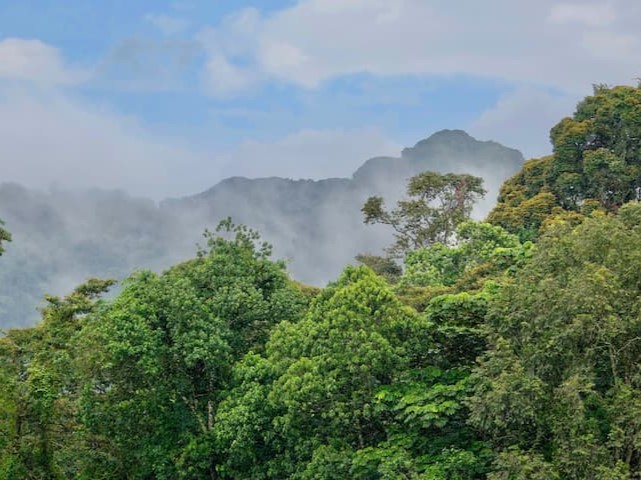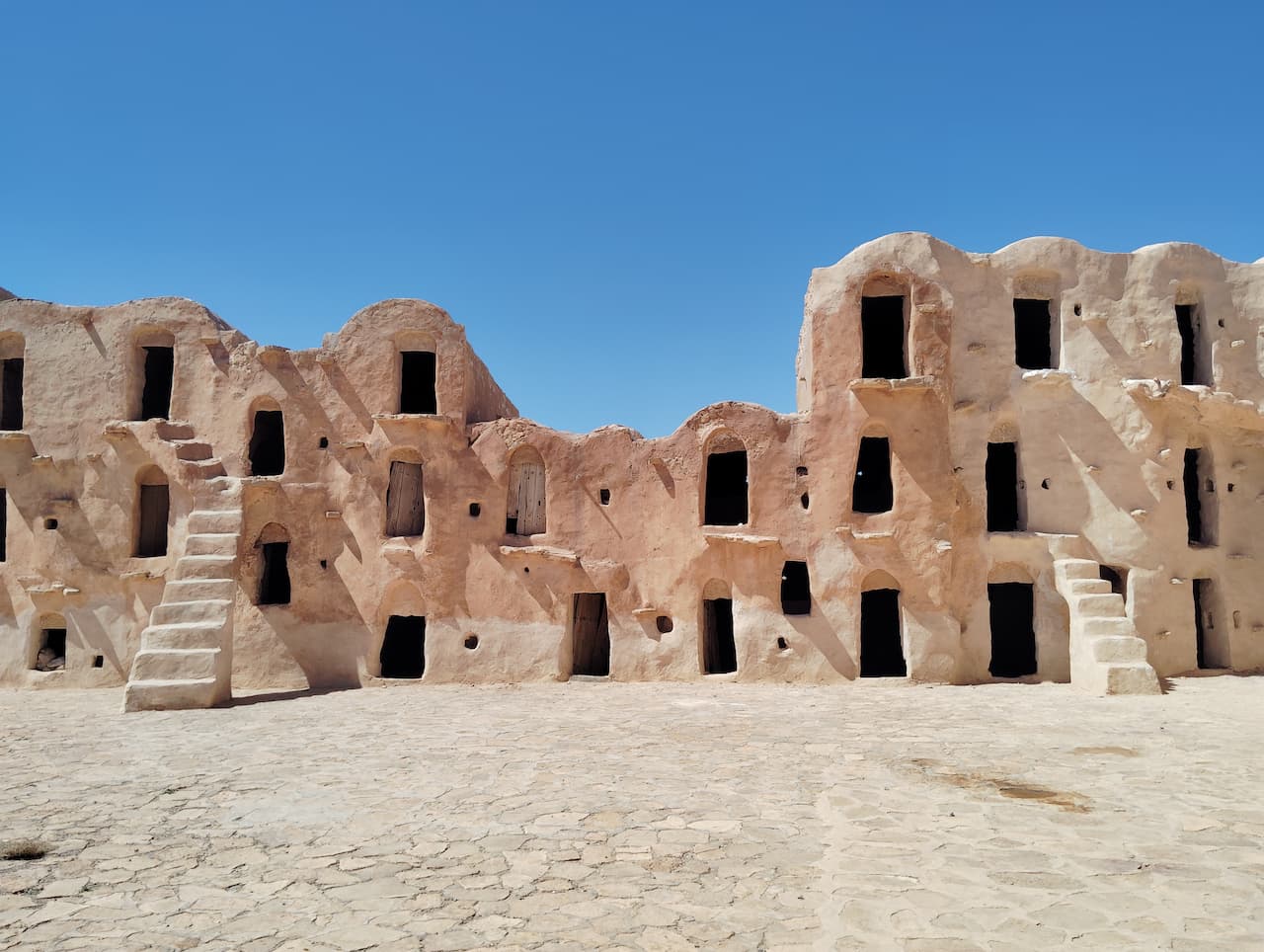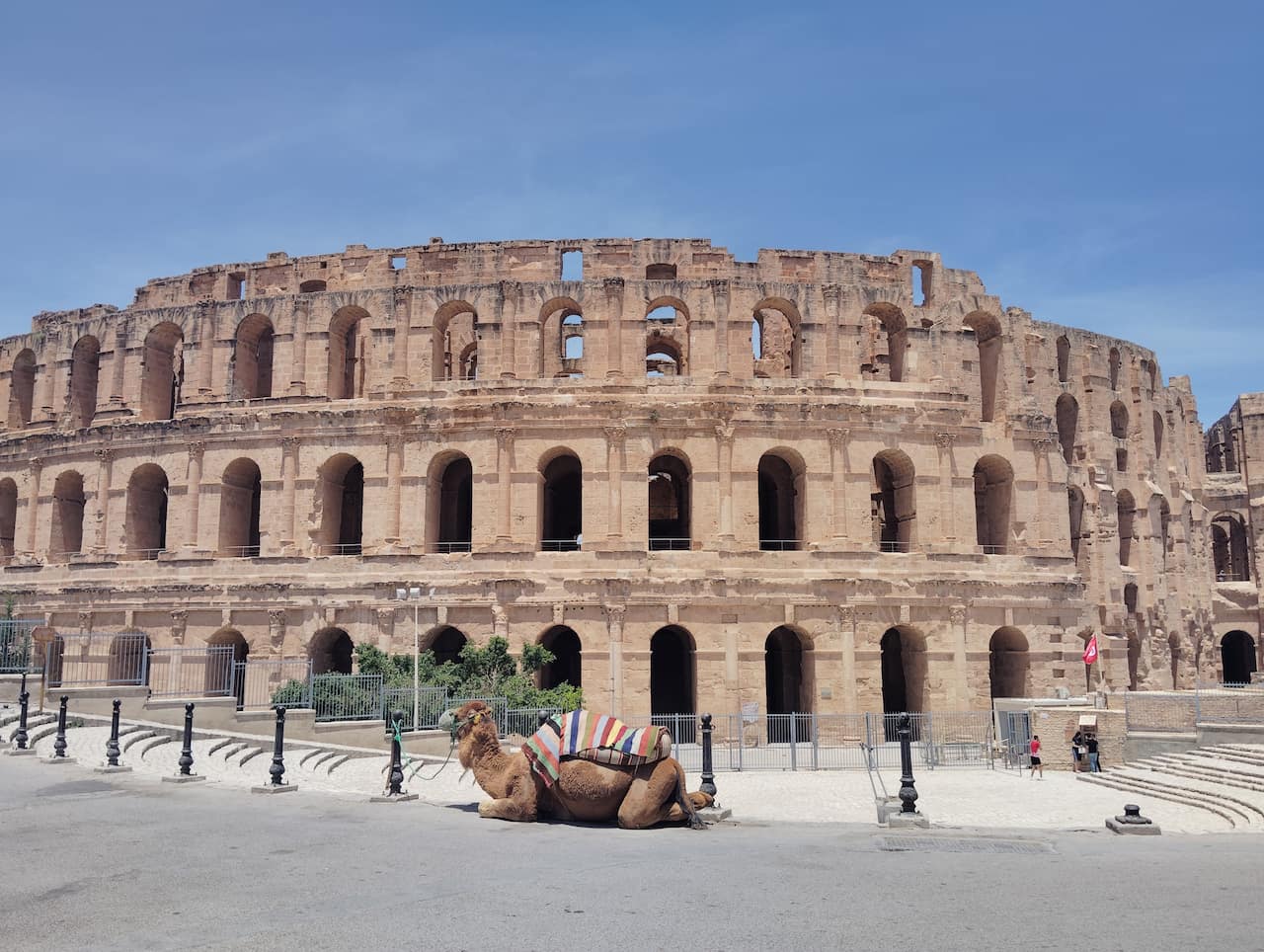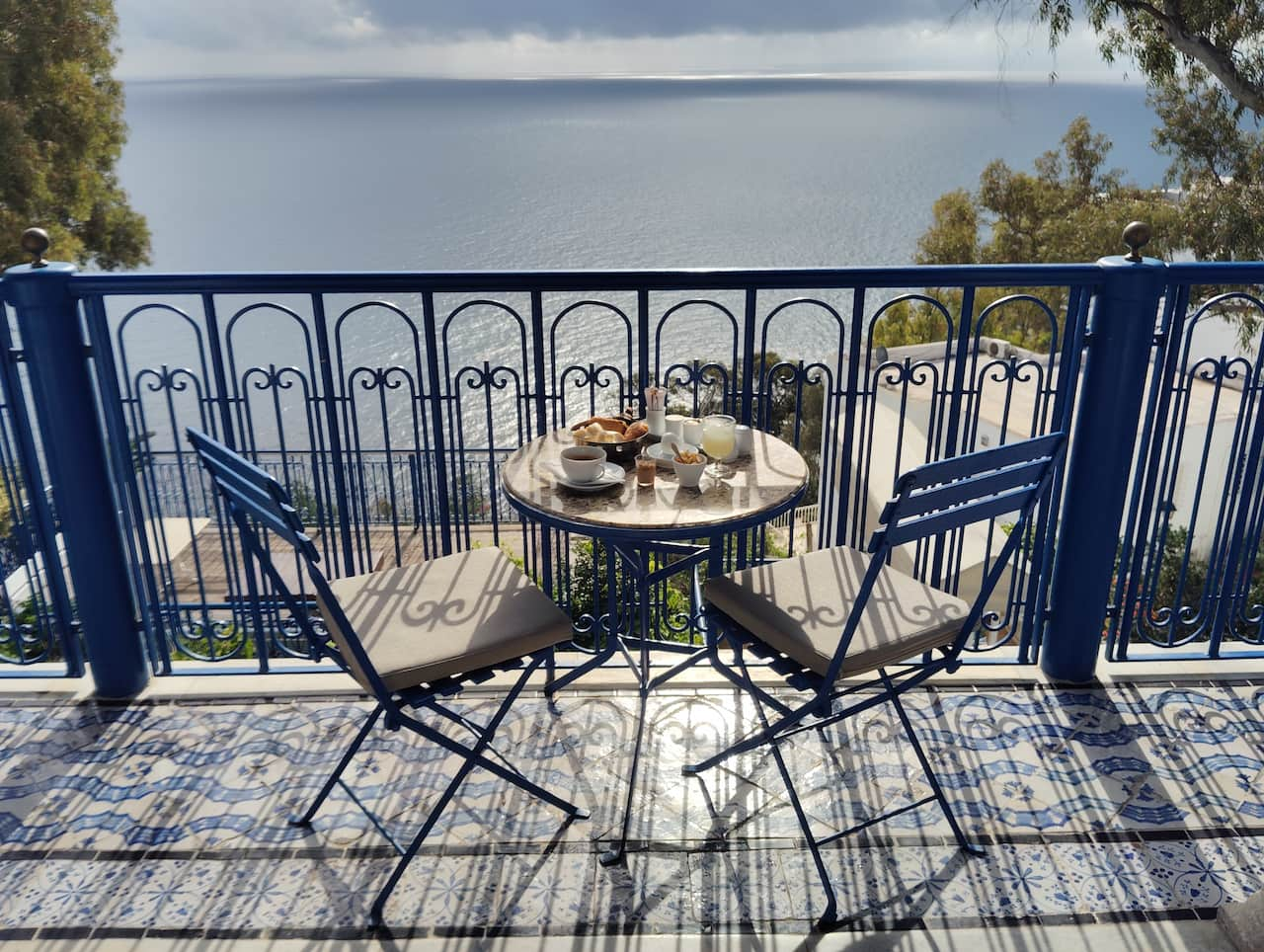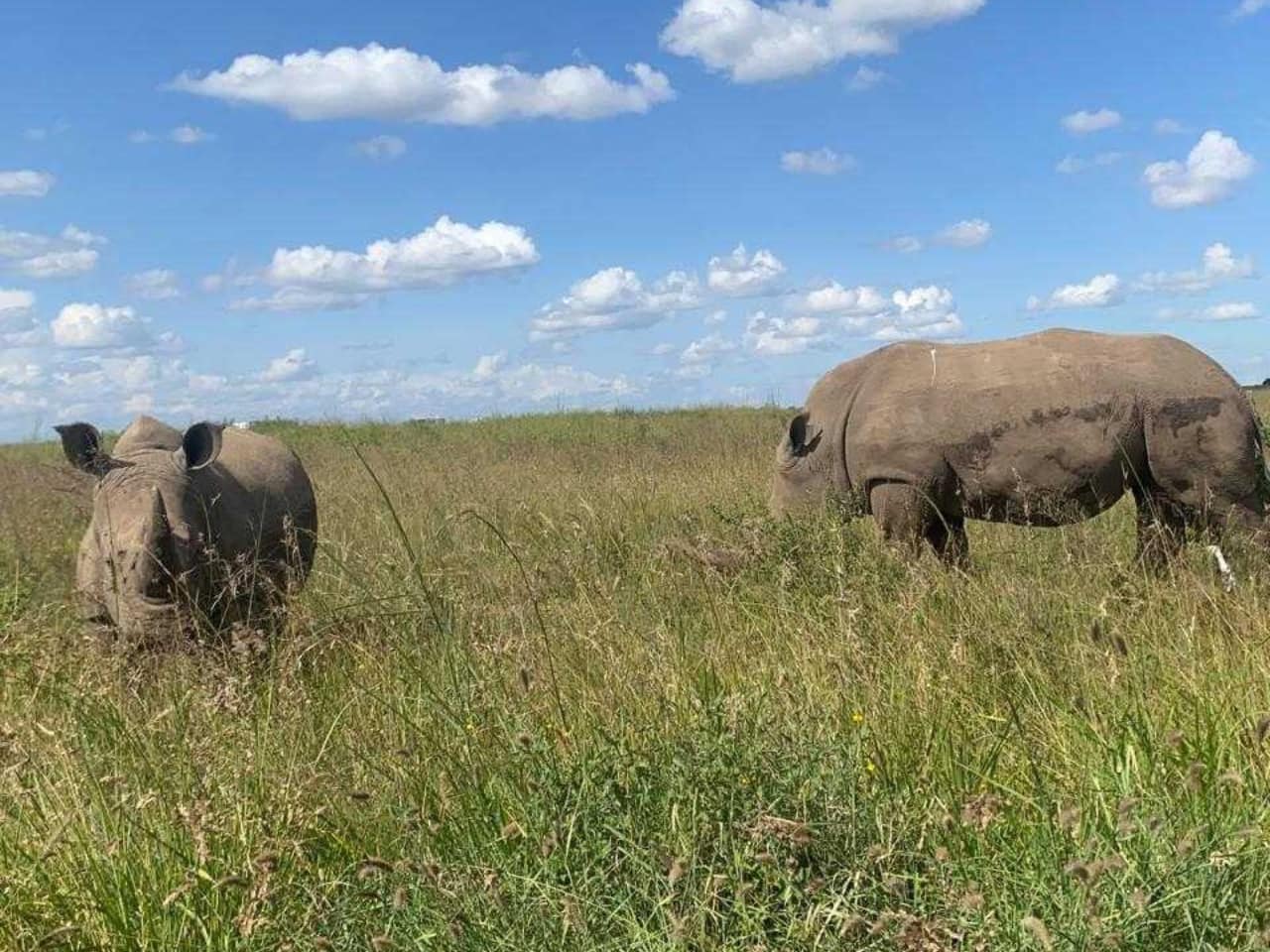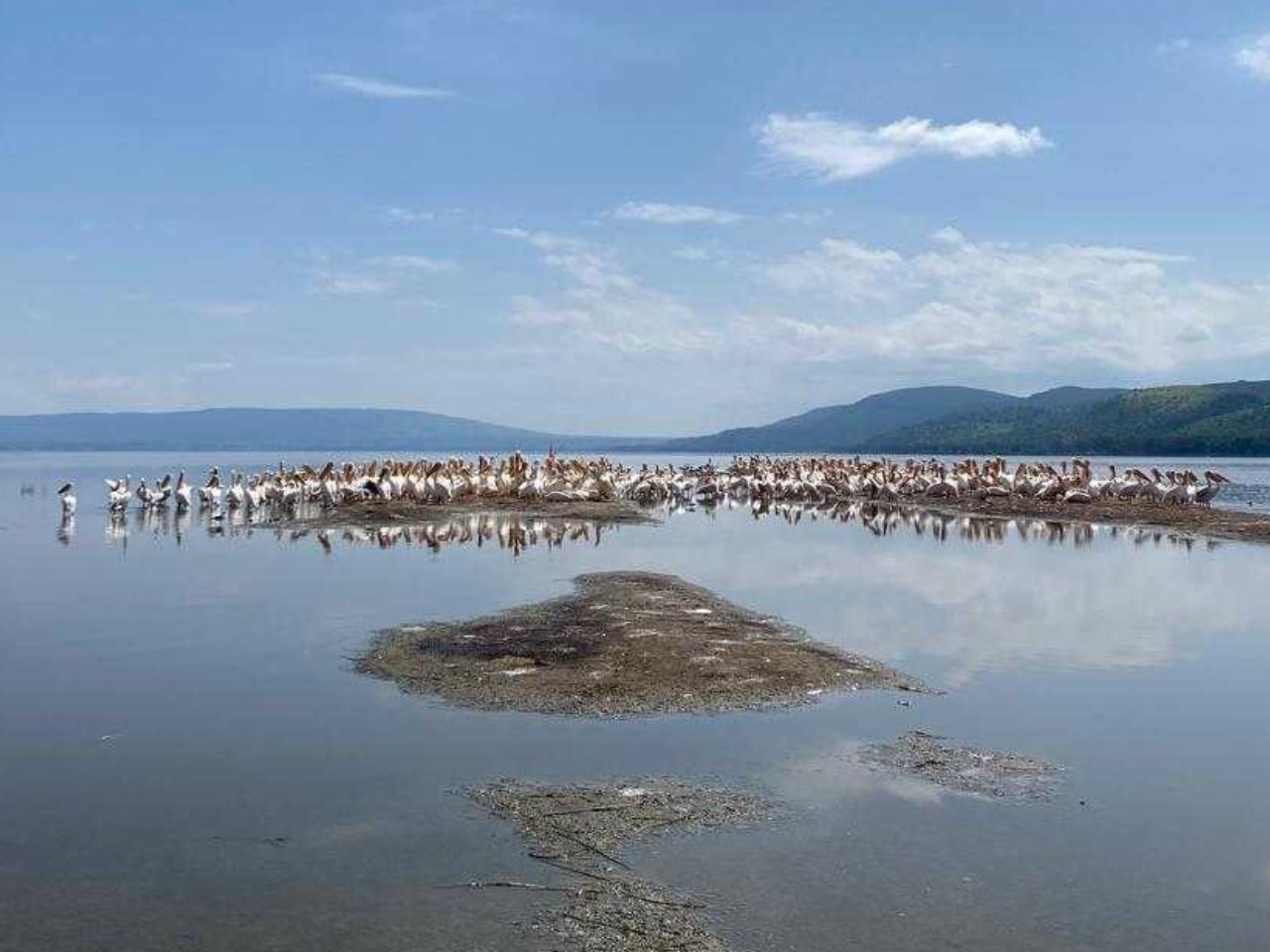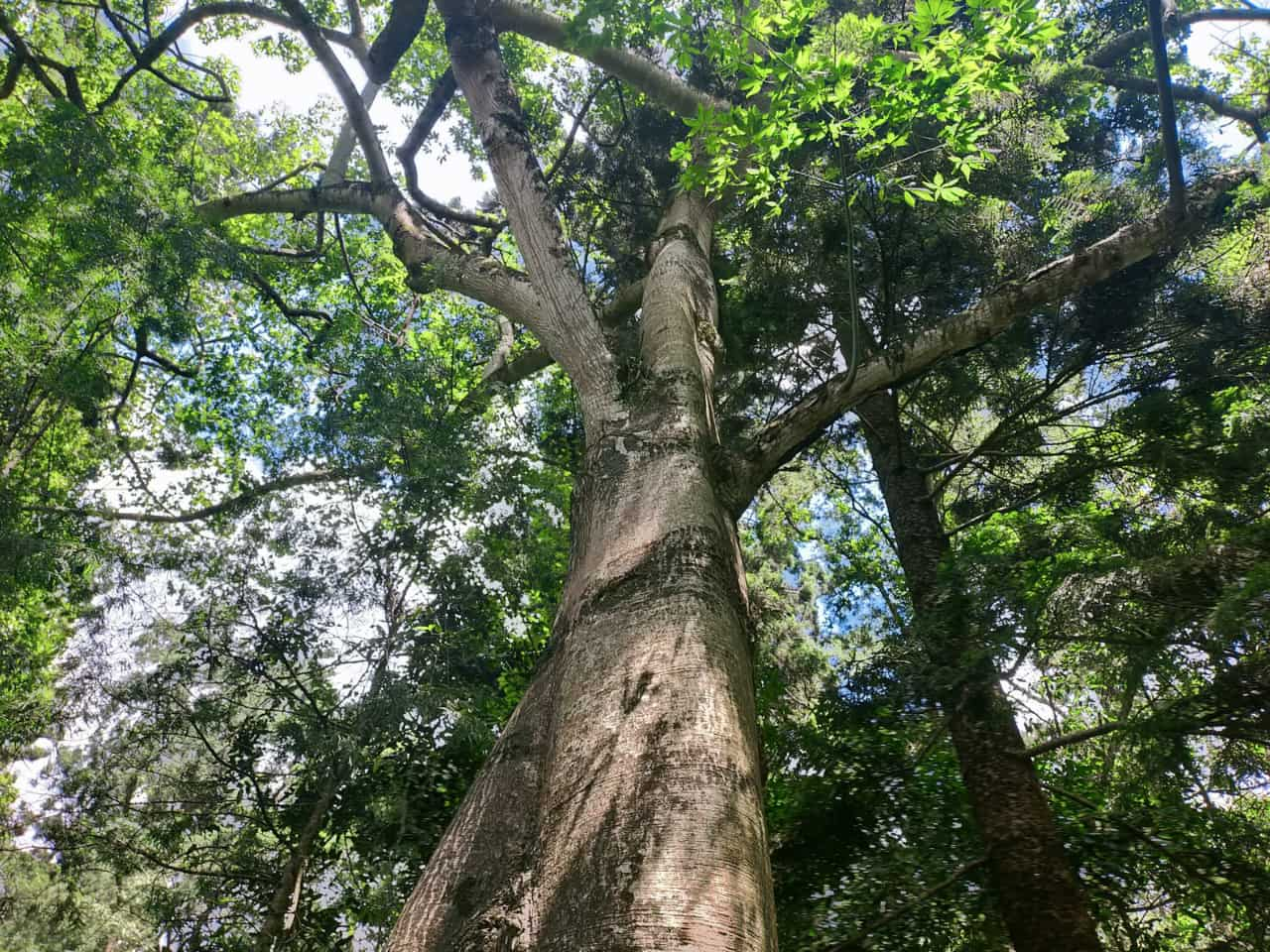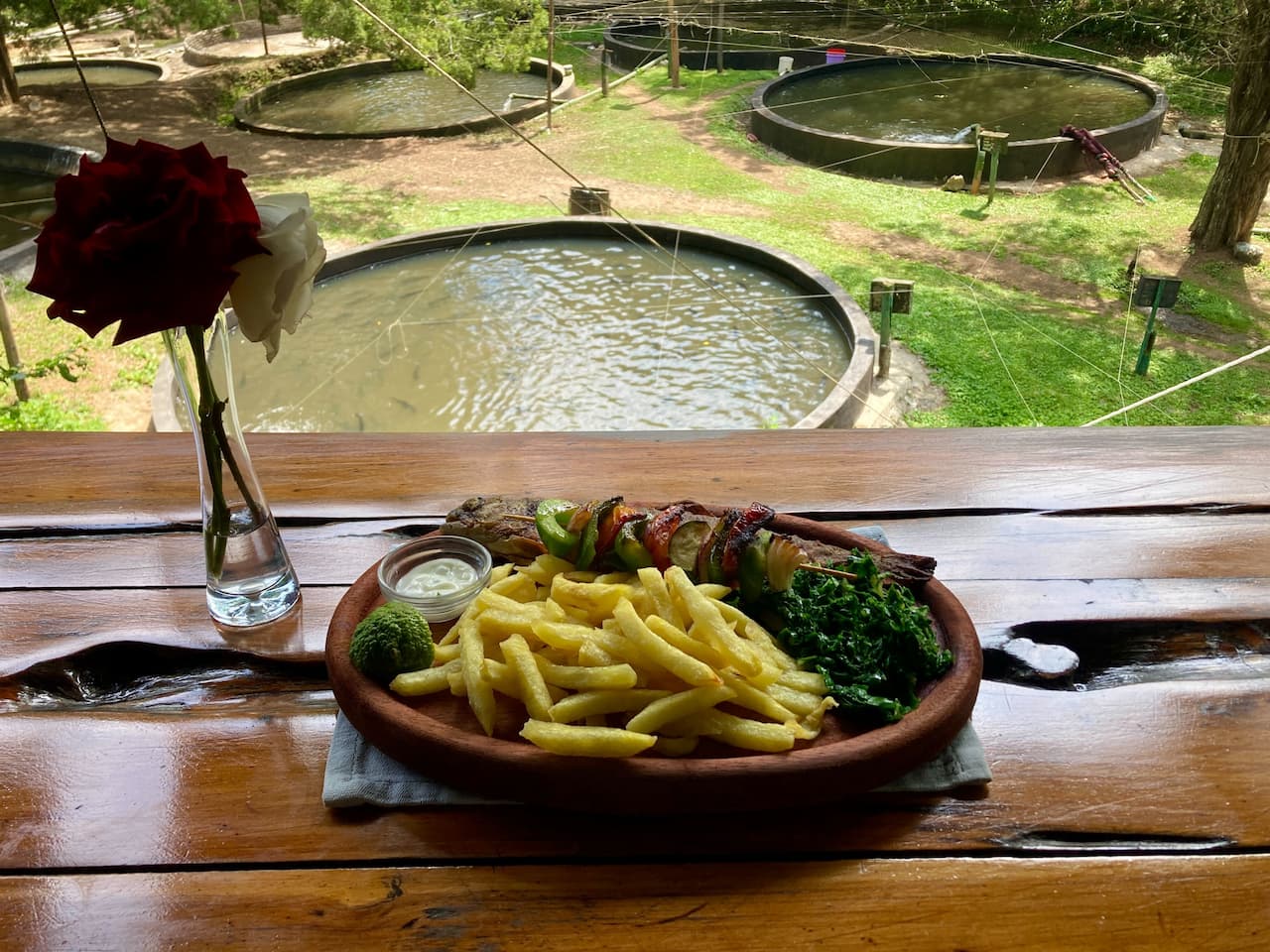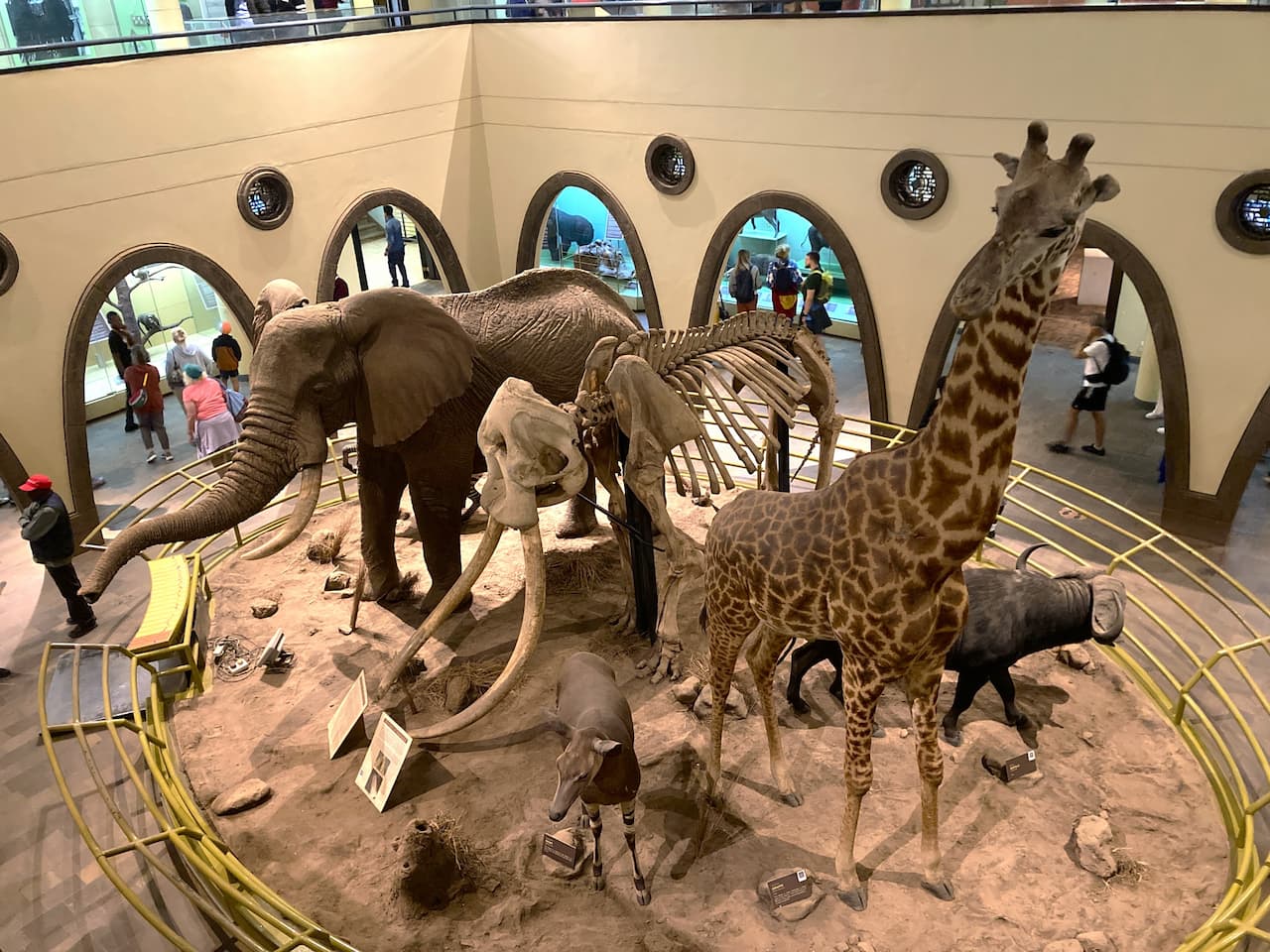Hidden in the shadow of the vast Serengeti and Ngorongoro, and often overlooked by many travelers, lies a small gem—Arusha National Park. Located on the outskirts of Arusha, the gateway to northern Tanzania, the park is affectionately known as 'mini-Tanzania for busy travelers' for its compact yet rich encapsulation of Tanzania's diverse natural beauty. It is a hidden treasure offering an intensely immersive experience, perfect for those travelers with limited time.
A park with three distinct facets spreading out at the foot of Mount Meru.
The most remarkable feature of Arusha National Park is that within a mere 552 square kilometers, three entirely different ecosystems coexist. A caldera lake reminiscent of Ngorongoro, a mountainous region akin to Kilimanjaro, and an open savanna similar to the Serengeti all thrive side by side in this small park.
Mount Meru, the park's iconic symbol at 4,566 meters, is a popular trekking route that even beginners can attempt. It serves as an ideal precursor to Kilimanjaro or a perfect way to experience 'Africa’s mountain' when time is short. In a three-day trek, you can traverse various vegetation zones from tropical rainforests to alpine regions, with breathtaking views of Kilimanjaro from the summit.
A unique experience: the walking safari.
One of the park’s unique attractions is the opportunity to enjoy a 'walking safari'—an experience not permitted in other Tanzanian national parks. Accompanied by armed rangers, you can walk through the forest and feel the vibrant pulse of nature that no vehicle ride could ever offer.
Beneath your feet unfolds a miniature ecosystem—the rustling of trees and the songs of birds—allowing you to discover nature’s small miracles that remain unnoticed from a safari vehicle. In particular, a walking safari around Lake Mamala, reminiscent of the Ngorongoro Crater, offers a rare chance to observe wild animals like buffalo, giraffes, and zebras from a safe distance.
The serenity of Lake Momela as you glide by canoe.
Another gem within the park is the canoe safari on Lake Momela. As you paddle across the tranquil waters, you can observe the wildlife and waterbirds gathering along the shore. The sight of pink-hued flamingo flocks and gracefully flying swans serves as a perfect subject for photography enthusiasts.
Around the lake, buffalo and herds of elephants sometimes come to drink. Observing wildlife from the unique perspective of a canoe is an experience exclusive to Arusha National Park.
Unexpected encounters with wildlife.
Arusha National Park charms visitors with unexpected wildlife encounters that set it apart from the typical 'Big Five' safaris. Notably, it is renowned for the beautifully coated monkeys known as the 'Black and White Colobus.' With striking contrasts of black and white, these monkeys inhabit the park’s wooded areas, attracting travelers from around the globe armed with cameras to capture their image.
Additionally, in the small forested wetlands, you might encounter the tiny dik-dik or the rare, forest-dwelling sitatunga. This area also ranks highly as a birdwatching spot, hosting over 400 bird species.
Practical Information: Access and Visiting Tips.
One of the greatest attractions of Arusha National Park is its convenient location. It is only a 45-minute drive from Arusha city and about an hour and a half from Kilimanjaro International Airport, making it an ideal destination for the first or last day of a safari tour, or as a stop before or after climbing Kilimanjaro.
The park entry fee is approximately $45 for adults. While a half-day tour is enjoyable, a one-night, two-day stay is recommended if possible. Within and around the park, you can choose from accommodations such as the 'Momela Wildlife Lodge' and 'Hattens Camp,' each offering its unique charm.
The best time to visit is during the dry season (June to October, and January to February). During these months, wildlife tends to gather around water sources, making them easier to observe. Additionally, clear views of Mount Meru are common, offering excellent conditions for photography.
In Conclusion: Tanzania's Hidden Gem.
Often dubbed 'Tanzania’s show window,' Arusha National Park may not match the scale of larger national parks, but its unparalleled diversity and the richness of its experiences set it apart. It is a singular destination where you can enjoy a walking safari, a canoe safari, and a trek on Mount Meru all in one.
Whether as the beginning or the end of your safari, or as a condensed Tanzanian experience for time-pressed travelers, Arusha National Park promises a truly special day that will enrich your journey through Tanzania.
